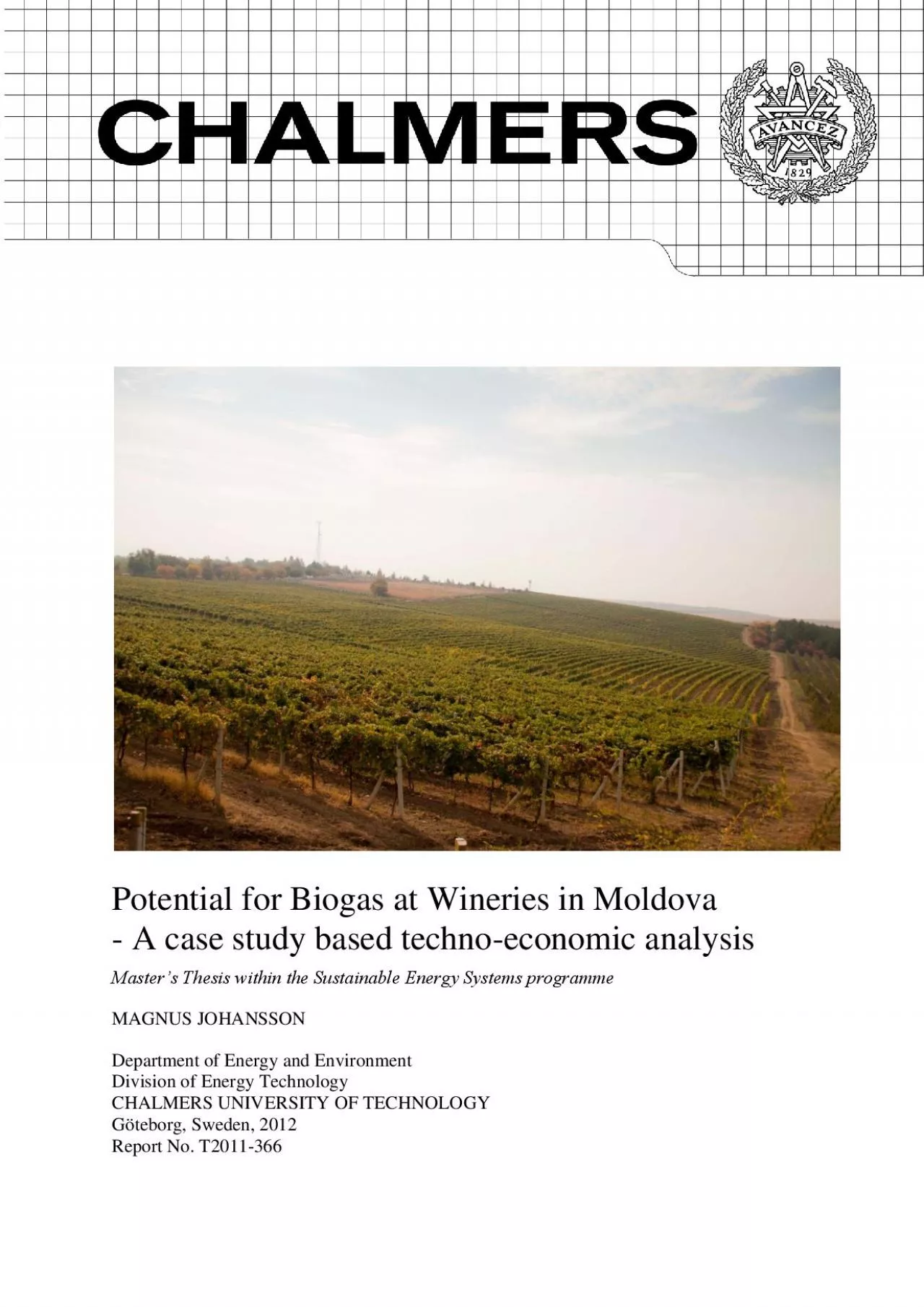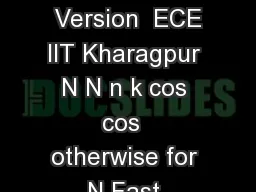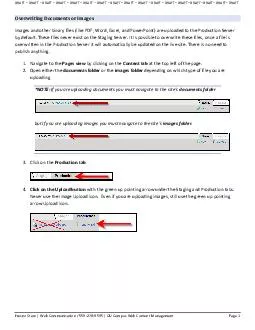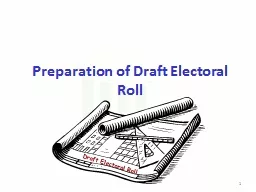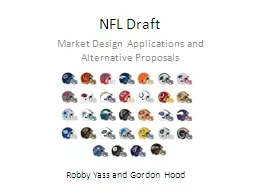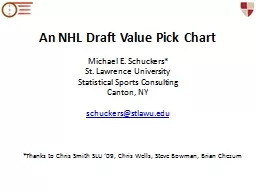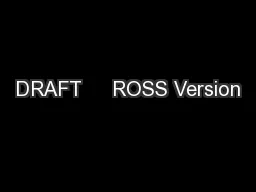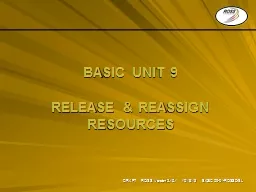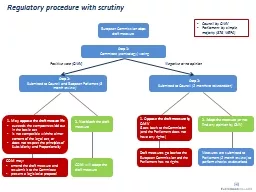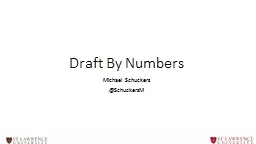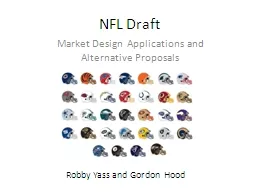PDF-DRAFT REPORT VERSION 3 1
Author : elyana | Published Date : 2021-06-28
4 DECEMBER Biogas from Wineries in Moldova Can biogas produced from grape pomace be an economic solution for wineries in Moldova Potential for Biogas at Wineries
Presentation Embed Code
Download Presentation
Download Presentation The PPT/PDF document "DRAFT REPORT VERSION 3 1" is the property of its rightful owner. Permission is granted to download and print the materials on this website for personal, non-commercial use only, and to display it on your personal computer provided you do not modify the materials and that you retain all copyright notices contained in the materials. By downloading content from our website, you accept the terms of this agreement.
DRAFT REPORT VERSION 3 1: Transcript
Download Rules Of Document
"DRAFT REPORT VERSION 3 1"The content belongs to its owner. You may download and print it for personal use, without modification, and keep all copyright notices. By downloading, you agree to these terms.
Related Documents

